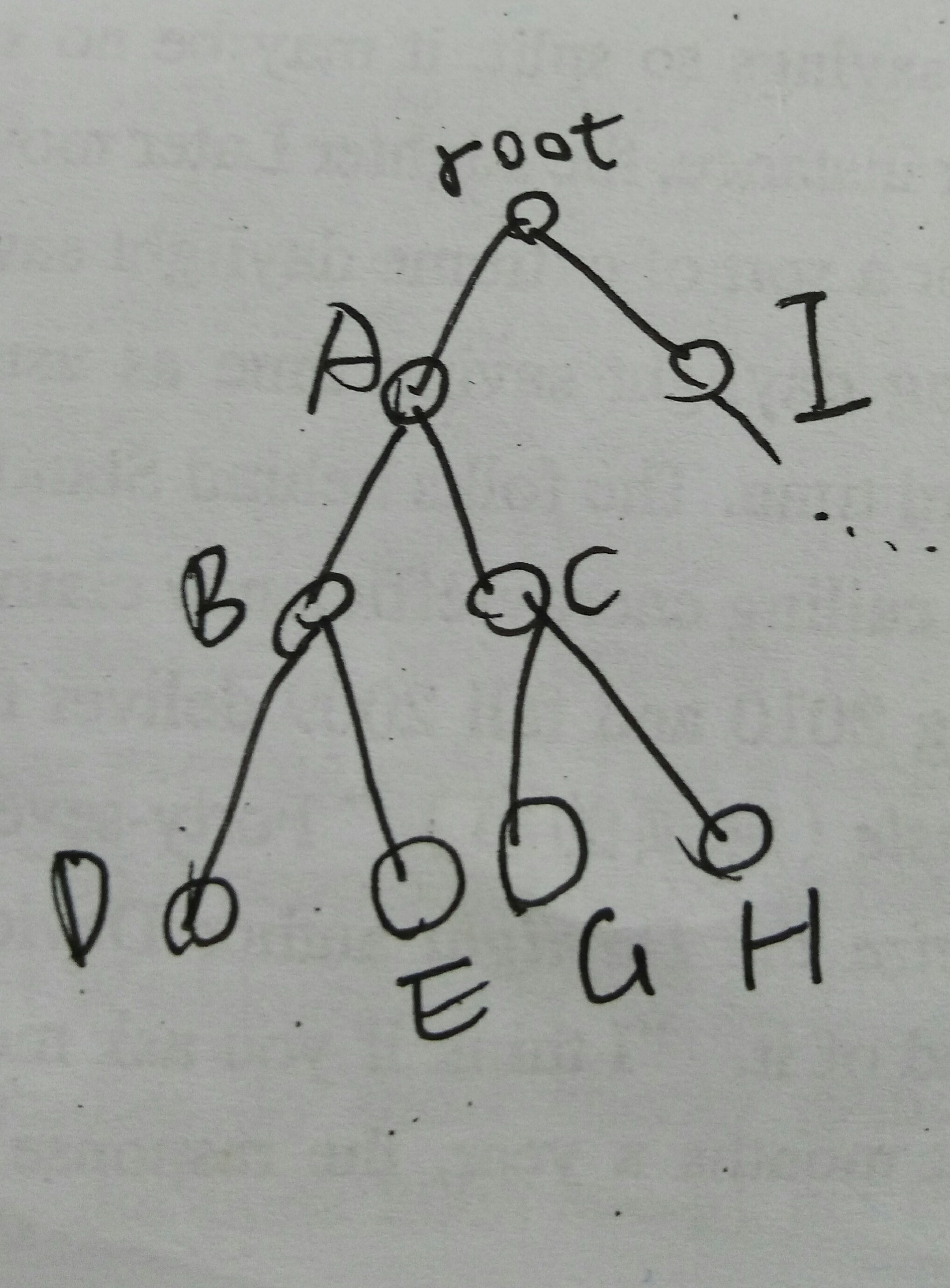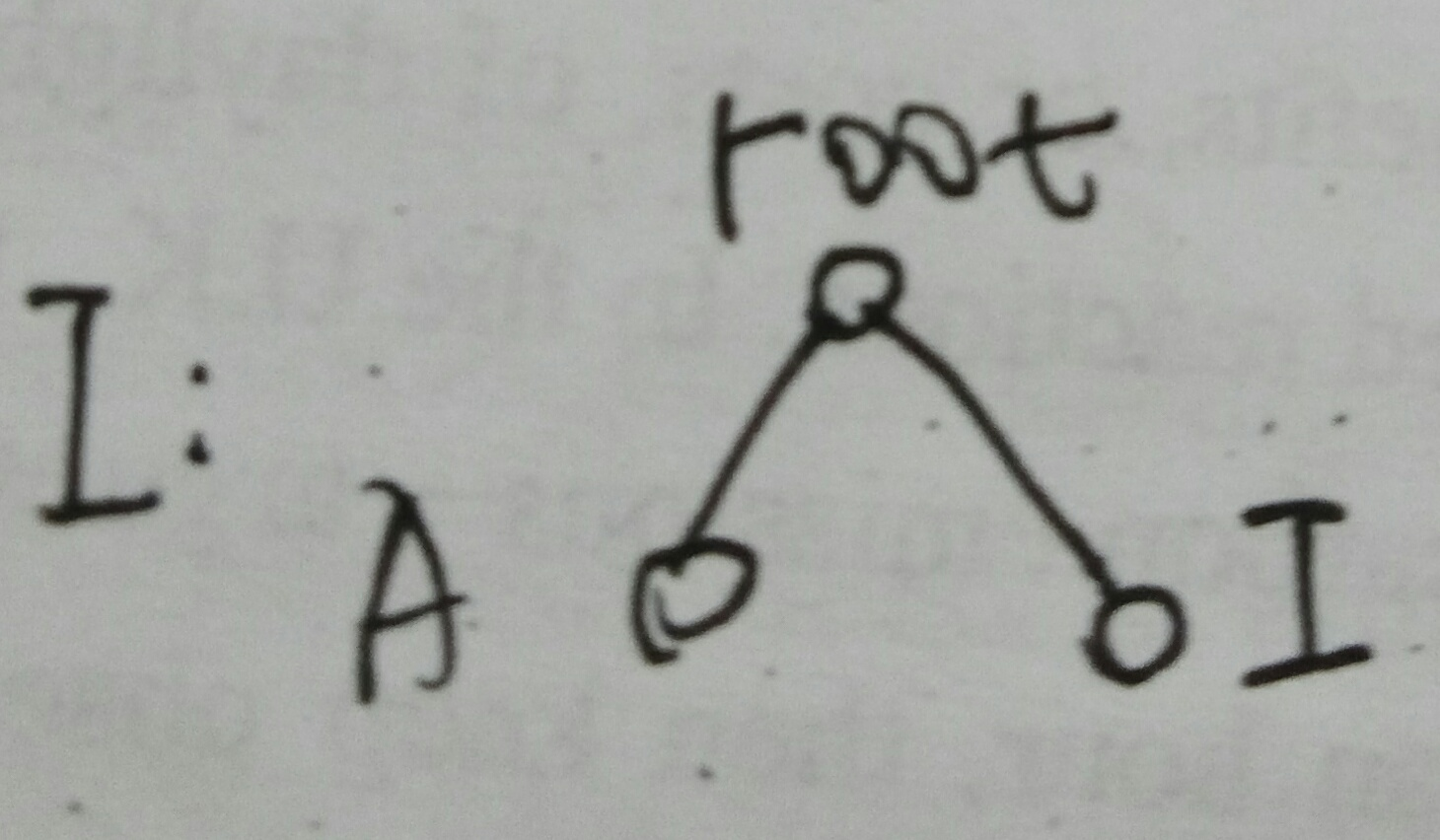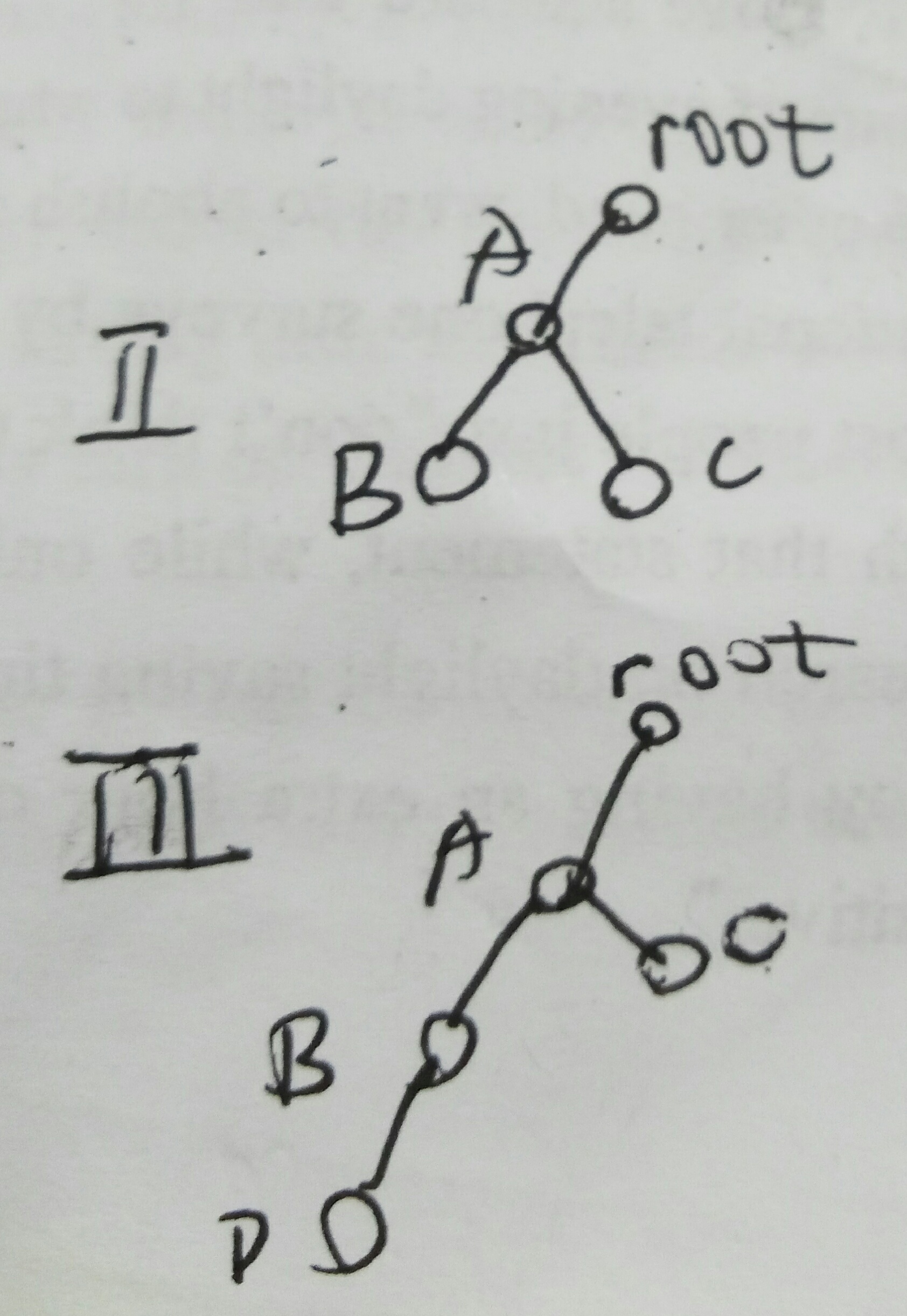POJ1741 Tree(树的点分治基础题)
Give a tree with n vertices,each edge has a length(positive integer less than 1001).
Define dist(u,v)=The min distance between node u and v.
Give an integer k,for every pair (u,v) of vertices is called valid if and only if dist(u,v) not exceed k.
Write a program that will count how many pairs which are valid for a given tree.
Define dist(u,v)=The min distance between node u and v.
Give an integer k,for every pair (u,v) of vertices is called valid if and only if dist(u,v) not exceed k.
Write a program that will count how many pairs which are valid for a given tree.
Input
The input contains several test cases. The first line of each test case contains two integers n, k. (n<=10000) The following n-1 lines each contains three integers u,v,l, which means there is an edge between node u and v of length l.
The last test case is followed by two zeros.
The last test case is followed by two zeros.
Output
For each test case output the answer on a single line.
Sample Input
5 4 1 2 3 1 3 1 1 4 2 3 5 1 0 0
Sample Output
8
题意:
有一棵树,求满足x到y距离小于等于m的无序点对(x,y)的个数。
思路:
第一次写树上的乱搞系列。。。
对于此题,树上的分治。愚见如下。
假设有如图:

以root为根,点对(x,y)有四种情况。
- 先说第四种,第四种是D-B-A-root-I..-X(经过root),dis(D,X)>m,无效,此处不考虑了。
- 第一种:A-root-I,经过root,而且dis(A,I)<=m,有效,累加。

- 第二种:B-A-C,不经过root,但是dis(B,root)+dis(root,C)<=m,有效,累加。但是在当A为根时,点对(B,C)距离满足要求,肯定还会被算一次,所以此时需要减去儿子为根的某些部分。
- 第三种:D-B-A-C,不经过root,而且dis(D,root)+dis(root,C)>m,所以此处不累加。但是dis(B,A)+dis(A,C)<=m,当root下降到某点时会累加,这也是第二种需要减去的原因,防止累加两次。

#include<cstdio> #include<cstring> #include<iostream> #include<algorithm> #define N 20010 using namespace std; int m,head[N],to[N],len[N],next[N],cnt,sz[N]; int deep[N],root,vis[N],son[N],sn,d[N],tot,ans; //son[]最大儿子树,sz[]子树。 //vis[]表示是否做为根使用过。 void add(int x,int y,int z) { to[++cnt]=y,len[cnt]=z,next[cnt]=head[x],head[x]=cnt; } void getroot(int u,int fa) { son[u]=0,sz[u]=1; for(int i=head[u];i;i=next[i]) if(to[i]!=fa&&!vis[to[i]]){ getroot(to[i],u);sz[u]+=sz[to[i]]; son[u]=max(son[u],sz[to[i]]); } son[u]=max(son[u],sn-sz[u]); if(son[root]>son[u]) root=u; } void getdeep(int x,int fa) { d[++tot]=deep[x]; for(in t i=head[x];i;i=next[i]) if(to[i]!=fa&&!vis[to[i]]) deep[to[i]]=deep[x]+len[i],getdeep(to[i],x); } int calc(int x) { tot=0,getdeep(x,0),sort(d+1,d+tot+1); int i=1,j=tot,sum=0; while(i<j) { //保证了不重复 if(d[i]+d[j]<=m) sum+=j-i,i++ ; //d[]+d[]<m的个数。利用了双指针的思想 else j--; } return sum; } void dfs(int u) { deep[u]=0;vis[u]=1;ans+=calc(u); for(int i=head[u];i;i=next[i]) if(!vis[to[i]]){ deep[to[i]]=len[i];ans-=calc(to[i]);//居然是抽屉原理。。。 细思极恐 sn=sz[to[i]];root=0;getroot(to[i],0);dfs(root); } } int main() { int n,i,x,y,z; while(~scanf("%d%d",&n,&m)&&(n||m)){ memset(head,0,sizeof(head)); memset(vis,0,sizeof(vis)); cnt=0; ans=0; for(i=1;i<n;i++){ scanf("%d%d%d",&x,&y,&z) add(x,y,z);add(y,x,z); } root=0; son[0]=0x7fffffff; sn=n; getroot(1,0); dfs(root); printf("%d\n",ans); } return 0; }
It is your time to fight!





